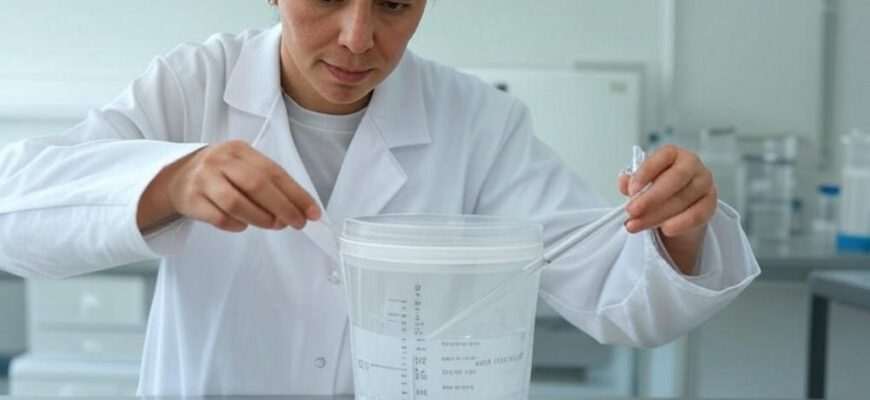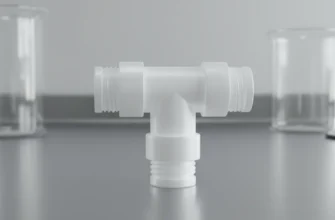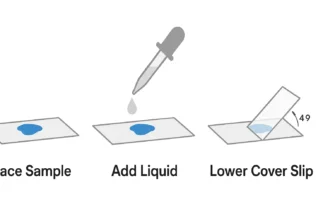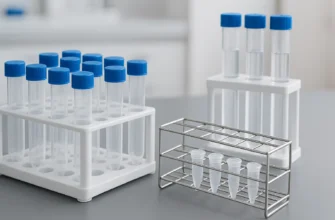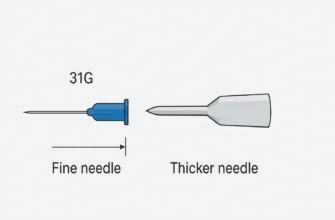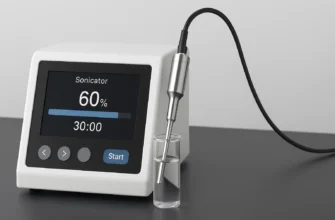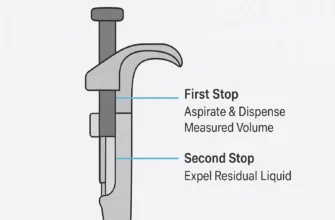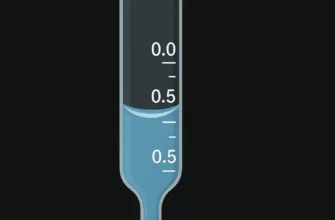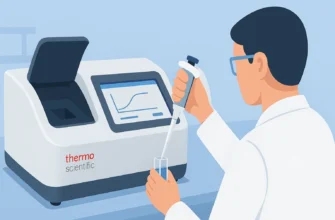Safe Disposal Guidelines for Laboratory and Medical Waste: Sharps, Chemicals, Glass, and Pipettes
Proper disposal of laboratory and medical waste is critical for environmental protection, occupational safety, and regulatory compliance. This comprehensive guide outlines best practices for disposing of sharps, chemical waste, contaminated glass, and discarded pipettes in accordance with current safety standards and regulations. Implementing these guidelines will help minimize risks to waste handlers, prevent needlestick injuries, reduce environmental contamination, and ensure compliance with hazardous waste regulations.
Understanding Hazardous Waste Categories
Before discussing specific disposal methods, it’s important to understand the different categories of hazardous waste generated in laboratory and healthcare settings:
Sharps Waste
Sharps refers to any instrument that can puncture, cut, or scrape body parts. This includes needles, syringes, scalpel blades, broken glass, lancets, glass Pasteur pipettes, capillary tubes, microtome blades, and dental scalers. Sharps constitute a regulatory waste classification and cannot be disposed of in regular waste streams.
Chemical Waste
This category includes hazardous chemicals that may be toxic, corrosive, flammable, reactive, or otherwise dangerous. Chemical waste requires stringent handling, storage, transport, and disposal methods to prevent environmental contamination and health risks.
Biohazardous Waste
Materials contaminated with biological agents, recombinant DNA molecules, infectious microorganisms, or body fluids require special disposal procedures to prevent disease transmission.
Mixed Waste
Some waste may contain multiple hazard types (e.g., items contaminated with both radioactive and biological materials), requiring specialized disposal approaches.
Sharps Disposal Guidelines
Definition and Types of Sharps
Sharps include any items capable of puncturing or cutting skin, including:
- Needles and syringes
- Lancets and blood-sampling devices
- Scalpel blades
- Glass Pasteur pipettes
- Broken laboratory glassware
- Razor blades and other sharp instruments
Safety Protocols for Handling Sharps
To prevent needlestick injuries and other sharps-related accidents:
- Never recap needles – Recapping is a common cause of needlestick injuries as the needle can miss the cap and pierce the hand holding it.
- Plan for safe handling – Prepare for safe disposal before using sharps.
-
Use engineering controls – Select and use devices with safety features that reduce injury risk when available.
-
Avoid direct handling – Use tongs or other mechanical means to pick up sharps rather than handling them directly.
-
Wear appropriate PPE – Always wear gloves when handling potentially contaminated sharps.
-
Maintain awareness – Keep sharps pointed away from your body and be conscious of others’ positions when handling sharps.
Proper Disposal Containers and Methods
For safe sharps disposal:
- Use approved containers – Sharps must be placed in rigid, puncture-resistant, leak-proof containers specifically designed for sharps disposal.
-
Never overfill – Fill containers only to the indicated fill line (typically ¾ full).
-
Proper container placement – Position containers at point of use wherever sharps are generated.
-
Secure closure – When full, seal containers according to manufacturer instructions to prevent contents from spilling.
-
Never empty containers – Sharps containers should never be emptied; the entire sealed container should be disposed of through appropriate waste streams.
-
Proper labeling – Ensure containers are clearly labeled according to their contents (e.g., with biohazard symbols if appropriate).
Special Considerations for Healthcare vs. Home Settings
Healthcare Settings
In healthcare and laboratory settings, sharps disposal is typically managed through established protocols and professional waste management services. Containers are collected by specialized services for appropriate treatment and disposal.
Home Settings
For individuals who use sharps at home (e.g., people with diabetes):
- Never dispose of sharps in regular household trash or recycling
- Use FDA-cleared sharps disposal containers
- If commercial containers aren’t available, heavy plastic containers (e.g., laundry detergent bottles) can be used as alternatives
Check with local pharmacies, health departments, or waste management companies for community disposal options
Chemical Waste Management
Identifying Hazardous Chemicals
To determine if a chemical waste is hazardous:
-
Check if it appears on regulatory lists of known hazardous chemicals
-
Assess if it exhibits hazardous characteristics (ignitability, corrosivity, reactivity, or toxicity)
-
Consider concentration and quantity
The EPA categorizes generators of hazardous waste based on quantity:
- Large Quantity Generators (LQGs): Generate 1,000 kg or more per month
- Small Quantity Generators (SQGs): Generate between 100-1,000 kg per month
- Very Small Quantity Generators (VSQGs): Generate less than 100 kg per month
Waste Segregation Principles
Proper segregation is essential for safe chemical waste management:
- Separate incompatible chemicals – Never mix incompatible wastes (e.g., cyanide waste must never be combined with acids).
-
Use dedicated containers – Maintain separate waste streams for different chemical classes.
-
Clear labeling – All waste containers must be clearly labeled with contents, hazards, and generation information.
-
Segregate by disposal method – Group chemicals based on their ultimate disposal pathway (incineration vs. treatment).
Disposal Methods for Different Chemical Classes
Different types of chemical waste require specific disposal approaches:
- Organic solvents and flammable liquids – Typically sent for incineration at specialized facilities.
-
Aqueous waste – May require neutralization or treatment before disposal.
-
Heavy metals – Usually require stabilization and landfill disposal in licensed hazardous waste facilities.
-
Particularly hazardous substances – Acutely toxic chemicals, select carcinogens, and reproductive toxins often require specialized handling and disposal.
Some non-hazardous or treated chemicals in small quantities may be suitable for drain disposal, but this depends on local regulations and plumbing infrastructure.
Regulatory Compliance Requirements
Chemical waste generators must comply with applicable regulations:
- Proper identification – Correctly identify all hazardous waste generated.
-
Generator registration – Notify relevant regulatory authorities of hazardous waste generation activities.
-
Manifest tracking – Maintain proper documentation of waste from generation to disposal.
-
Storage limitations – Adhere to quantity and time limits for on-site storage.
-
Use of licensed contractors – Ensure waste is transported and disposed of by authorized vendors.
Contaminated Glass Disposal
Decontamination Procedures
Glass contaminated with hazardous materials requires decontamination before disposal:
Chemical contamination:
- Safely empty container and triple rinse with appropriate solvent
- Neutralize if necessary
- Allow to dry completely
- Remove or deface all labels and hazard warnings
Biological contamination:
- Decontaminate using approved methods (bleach, autoclaving, or other validated methods)
- Ensure complete inactivation of biological agents
- Document decontamination when required
Handling Broken Glass Safely
For broken glass:
-
Never pick up broken glass with bare hands
-
Use mechanical means (tongs, dustpan, etc.) to collect broken glass
-
Place in puncture-resistant containers separate from other waste
-
Clearly label containers based on prior contamination
Disposal Options Based on Contamination Type
Different disposal routes exist based on the type of contamination:
- Uncontaminated glass – May be disposed of as regular solid waste or recycled according to institutional policies.
-
Chemically contaminated glass – After decontamination, handle according to the nature of the contaminant; some may require disposal as hazardous waste.
-
Biologically contaminated glass – After proper decontamination (autoclaving or chemical disinfection), dispose via medical/biohazardous waste streams.
-
Radioactively contaminated glass – Must be handled through specialized radioactive waste disposal programs.
Safe Disposal of Pipettes and Laboratory Plastics
Non-Contaminated vs. Contaminated Pipettes
Disposal requirements differ based on contamination:
- Non-contaminated pipettes – Place in dedicated, rigid, puncture-resistant containers lined with sturdy bags and clearly labeled as non-hazardous.
-
Contaminated pipettes – Must be segregated, contained, and disposed of according to the type of contamination.
Collection and Storage Best Practices
For safe collection of pipettes:
-
Use dedicated containers that are rigid and puncture-resistant
-
Line containers with appropriate bags (clear for non-hazardous, red for biohazardous)
-
Configure containers so pipettes are oriented in one direction to maximize capacity
-
Clearly label containers according to contents and intended waste stream
-
Never overfill containers
Disposal Methods Based on Contamination Type
Follow these guidelines based on contamination type:
Non-hazardous pipettes:
- Place in dedicated container lined with a sturdy trash bag
- Label “Non-hazardous waste”
- Seal the bag when full and dispose as regular laboratory waste
Chemically contaminated pipettes:
- Store in original pipette box with plastic bag or other rigid container
- Label with appropriate hazardous waste tag before first use
- When full, securely close but do not tape shut (to allow inspection)
- Dispose through institutional hazardous waste program
Biologically contaminated pipettes:
- Place in BIOHAZARD containers lined with red biohazard bags
- Properly label with biohazard symbol and institutional information
- When full, autoclave if appropriate
- Dispose through institutional biohazardous waste stream
Mixed waste pipettes:
- Contact institutional Environmental Health & Safety department for specific disposal instructions
- Segregate from other waste streams
- Follow specialized procedures based on contaminant combination
Institutional Waste Management Planning
Developing a Waste Management Program
Effective institutional waste management requires:
-
Clear waste identification and categorization procedures
-
Standardized container selection and labeling
-
Designated collection areas and schedules
-
Established relationships with licensed waste handlers
-
Regular program review and updating
-
Integration with institutional safety programs
Training Requirements for Staff
Comprehensive training should include:
-
Waste identification and segregation
-
Container selection and labeling
-
Safe handling procedures
-
Emergency response for spills or exposures
-
Documentation requirements
-
Regulatory obligations and compliance issues
Documentation and Record-Keeping
Maintain thorough documentation of:
-
Waste determination records
-
Generator status notifications
-
Training records
-
Manifests and shipping papers
-
Treatment and disposal records
-
Inspection logs
-
Any incidents or non-compliance events
Conclusion
Proper disposal of sharps, chemical waste, contaminated glass, and pipettes is essential for protecting human health and the environment. By following these guidelines, institutions can ensure regulatory compliance while minimizing risks to staff, waste handlers, and the public. Always consult local regulations and institutional policies, as requirements may vary by location and facility type.
Remember that waste disposal regulations continue to evolve, so staying current with the latest guidelines is essential for maintaining a safe and compliant waste management program. When in doubt, consult with institutional safety officers or regulatory authorities for specific guidance.

